
Ingredient
Pink pepper fruit
The Fiery Elixir
Pink pepper fruit is characterized by its vibrant pink color and small size, resembling peppercorns. It possesses a mild heat with fruity and floral undertones, making it a versatile ingredient in both sweet and savory dishes. Its delicate texture adds a delightful crunch to various culinary creations.
Origins and history
Pink pepper fruit originates from South America, particularly Brazil, and has been used for centuries in traditional Brazilian cuisine. It is also commonly found in other Latin American countries. Historically, it was used for its medicinal properties and as a natural remedy for digestive issues.
Nutritional information
Pink pepper fruit is a good source of antioxidants and vitamin C. It also contains essential oils that provide potential health benefits, such as anti-inflammatory and antimicrobial properties.
Allergens
There are no known allergens associated with pink pepper fruit.
How to select
When selecting pink pepper fruit, look for vibrant pink berries that are plump and firm to the touch. Avoid any berries that appear shriveled or discolored. Opt for whole berries rather than pre-ground powder to ensure maximum freshness and flavor.
Storage recommendations
To preserve the freshness and flavor of pink pepper fruit, store it in an airtight container in a cool, dry place away from direct sunlight. Whole berries can be stored for up to a year, while ground powder should be used within a few months for optimal taste.
How to produce
Pink pepper fruit can be grown in a warm and sunny climate, making it suitable for cultivation in tropical regions. It can be propagated from seeds or cuttings, and regular pruning helps maintain its shape and productivity.
Preparation tips
Pink pepper fruit can be used as a seasoning in various dishes, such as salads, marinades, sauces, and desserts. It pairs well with seafood, poultry, fruits, and chocolate. Crushed pink pepper berries can also be used to rim cocktail glasses for an extra touch of flavor and visual appeal.
Culinary uses
Pink pepper fruit is commonly used in Brazilian cuisine, particularly in dishes like feijoada (black bean stew) and caipirinha (traditional cocktail). It is also popular in other Latin American cuisines and is gaining recognition in international culinary circles.
Availability
Pink pepper fruit is commonly available in South America, particularly Brazil, as well as other Latin American countries. It can also be found in specialty spice shops and online retailers worldwide.
More ingredients from this category

Peppercorn (black, green and white)
Exploring the World of Peppercorns

Sumac fruit
The Tangy Jewel: Unveiling the Secrets of Sumac Fruit

Brazilian pepper fruit
The Fiery Jewel: Brazilian Pepper Fruit

West African pepper fruit
The Fiery Spice of West Africa

Grain of paradise fruit
"The Exotic Spice: Unveiling the Alluring Flavors of Grain of Paradise"

Cubeb fruit
The Exotic Spice: Cubeb Fruit

Long pepper fruit
The Exotic Spice: Long Pepper
Recipes using Pink pepper fruit » Browse all

Kung Pao Chicken Latvian Style
Spicy Chicken Stir-Fry with a Latvian Twist

Krpice sa zeljem - Latin American Style
Savory Latin American Pasta with Cabbage
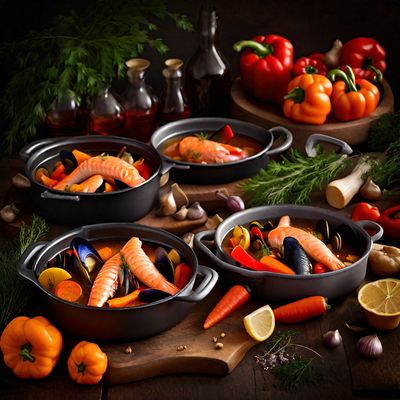
Bouillabaisse
Baltijas Brīnumzivju Zupa (Baltic Wonderfish Soup)

Japanese-style Paella
Sakura Paella: A Fusion of Spanish and Japanese Flavors
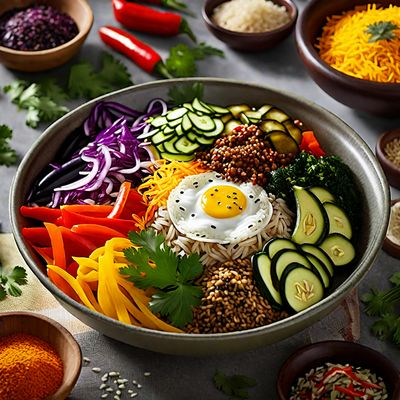
Arab-Style Bibimbap
Saffron-infused Arab Bibimbap: A Fusion of Flavors
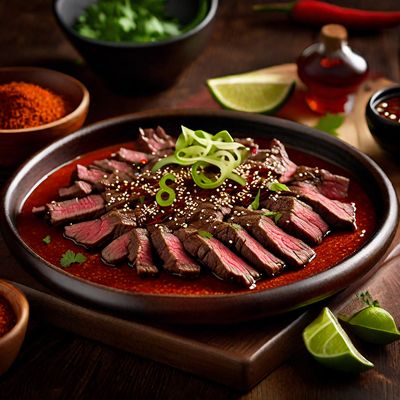
Latin American Bulgogi
Sizzling Spicy Latin Bulgogi
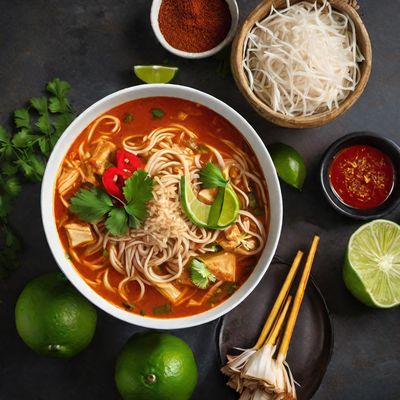
Cuban-style Laksa
Havana Heat Laksa

Kimchi Adapted to Spanish Cuisine
Spanish-Inspired Kimchi: A Fiery Twist on a Classic
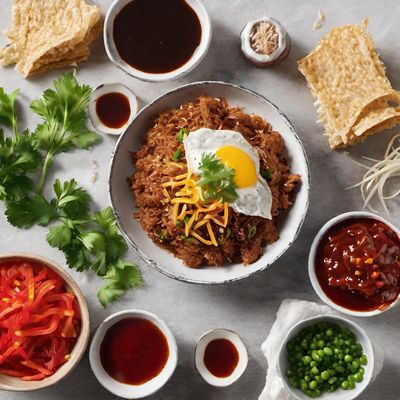
Argentinian-style Katsudon
Milanesa de Cerdo con Arroz (Pork Milanesa with Rice)

Turkish-style Nasi Goreng
Istanbul Delight: Turkish Nasi Goreng

Cuban-style Hot Pot
Sabor Caribeño Hot Pot: A Cuban Twist on a Chinese Classic

Sichuan-style Spicy Ceviche
Fiery Sichuan Ceviche Explosion